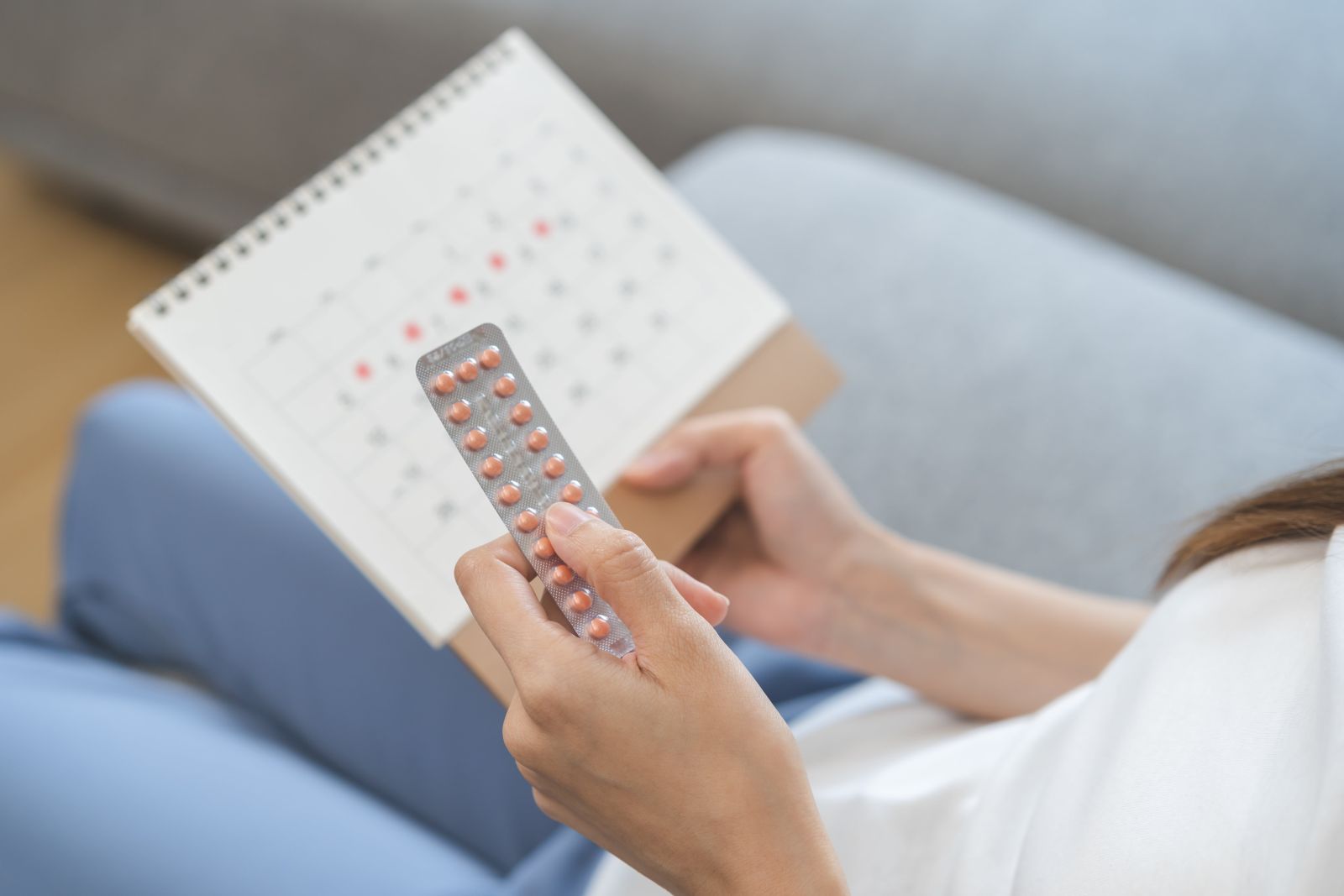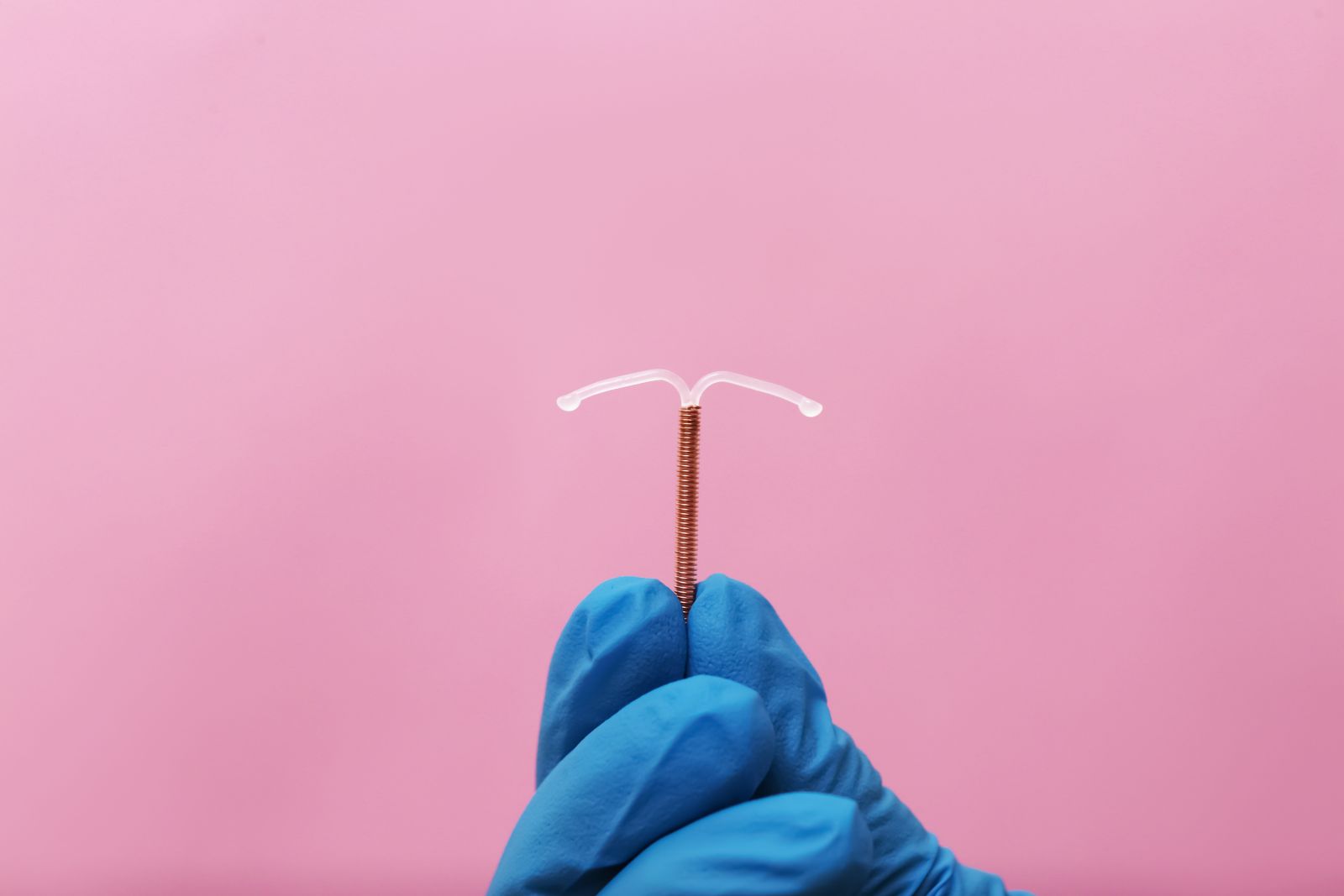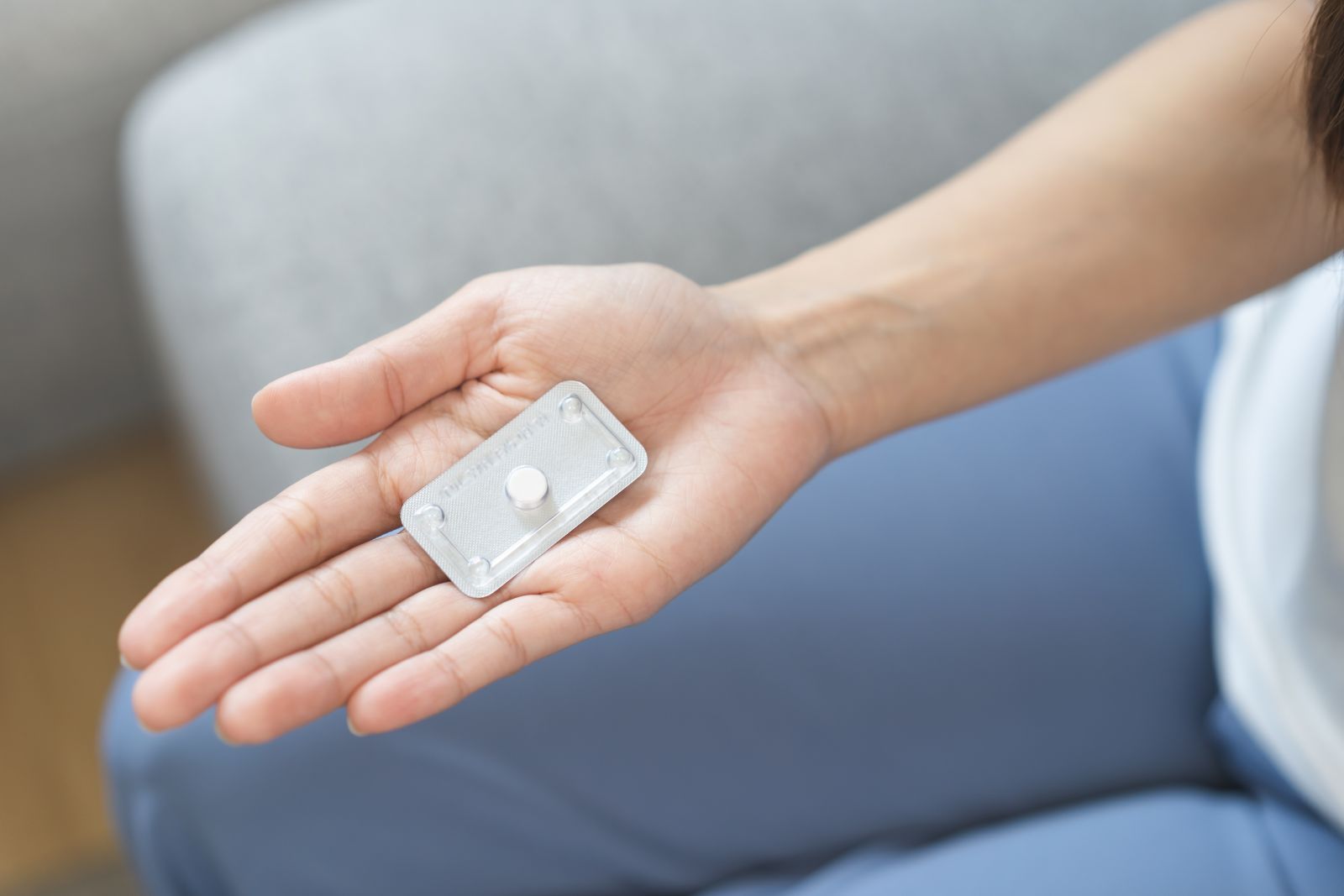
Contraception
Contraception
Contraception is a crucial part of family planning that helps prevent unintended pregnancies and allows couples to better plan the timing and number of children. Here are some common methods of contraception to help couples understand and choose the most suitable contraceptive measures.
Principles of Contraception
The main principles of contraception are:
- Preventing the meeting of male sperm and female egg
- Inhibiting ovulation
- Preventing the fertilized egg from implanting into the uterus
- Killing sperm or reducing their mobility
Oral Contraceptive Pills

Contraceptive pills containing synthetic hormones are taken orally for contraception. There are two types: Progestogen Only Pills (POP) and Combined Oral Contraceptives (COC). Most oral contraceptive pills are available over the counter, but it is advisable for women to consult a doctor for evaluation, advice, and regular follow-up to ensure the suitability of taking these pills.
Mechanism: Suppressing ovulation in women and preventing the formation of the uterine lining (to prevent egg implantation), as well as thickening the cervical mucus to impede the union of sperm and egg, thereby achieving contraceptive effects.
Usage: Take one pill daily at the same time.
Effectiveness: Effective to very effective (93 - 99.7%)*
Remarks:
- Women who are breastfeeding or less than six weeks postpartum should not take oral contraceptive pills.
- Side effects may include irregular menstruation, breast tenderness, nausea, and vomiting during usage.
- Both POP and COC pills will not cause infertility, but women taking POP may take longer to resume regular ovulation.
Progestogen Only Pills (POP)
Progestogen Only Pills contain progestogen only. Common side effects may include nausea, weight gain, dizziness, headache, breast tenderness, fluid retention, and mood changes. These side effects are generally mild and disappear after a few weeks.
Combined Oral Contraceptives (COC)
Combined Oral Contraceptives contain estrogen and progestogen. Common side effects may include nausea, dizziness, headaches, breast tenderness, fluid retention, and mood changes. These side effects are generally mild and disappear after a few weeks. Women who are breastfeeding can start taking COC six weeks after delivery, and they should monitor their milk production. If a decrease in milk production is observed, it is advisable to discontinue the use of COC.
Injectable Contraceptive

Injectable contraceptives containing synthetic hormones are injected intramuscularly for contraception. The mechanism is to suppress ovulation, and thickening of cervical mucus to prevent sperm from entering the uterus, thus achieving contraceptive effects. There are two common types: Progestogen Only Injectables (long-acting) and Combined Injectable Contraceptives (CIC) (short-acting).
Advantages of contraceptive injections include high contraceptive effectiveness, convenience, and no need for daily medication. In addition, injections can improve menstrual pain and reduce menstrual flow. However, contraceptive injections also have some side effects and risks. Common side effects include irregular menstruation and osteoporosis. Therefore, it is recommended to undergo a detailed evaluation and consultation with a doctor before choosing contraceptive injections as your birth control method.
Mechanism: Suppressing ovulation in women and thickening the cervical mucus to impede the union of sperm and egg, thereby achieving contraceptive effects.
Usage: Inject the medication into the female body.
Effectiveness: Effective to very effective (94 - 99.8%)*
Precautions:
- Women who are breastfeeding or less than six weeks postpartum should not use contraceptive injections.
- Progestin-only injections are more suitable for breastfeeding women.
- Both progestin-only and combined contraceptive injections will not cause infertility. Women using progestin-only injections generally resume normal ovulation 6-12 months after the last injection.
Progestogen Only Injectables
Progestin-only injections contain only progestogen. These injections provide long-lasting contraceptive protection, with each injection effective for three months. Common side effects may include irregular menstruation, weight gain, dizziness, headaches, breast tenderness, fluid retention, and mood changes. These side effects are generally mild and disappear after a few weeks.
Combined Injectable Contraceptives (CIC)
Combined injections contain two hormones, estrogen and progestogen. These injections have a shorter duration of effectiveness, with each injection effective for one month. Common side effects may include irregular menstruation, nausea, vomiting, dizziness, headaches, breast tenderness, fluid retention, and mood changes. These side effects are generally mild and disappear after a few weeks.
Intrauterine Device (IUD)

An intrauterine device (IUD) is a small contraceptive device placed inside the uterus to prevent the fertilized egg from implanting, thus achieving contraceptive purposes. It is also known as a birth control ring or contraceptive coil. The IUD should be inserted by a doctor.
Effectiveness: Very effective (>99%)*
For detailed information about IUDs, please visit: Intrauterine device (IUD)
Condoms

Condoms are a common method of contraception used during sexual intercourse. In addition to preventing pregnancy, they also protect against sexually transmitted diseases such as HIV and other STIs. Condoms are available for both men and women.
Effectiveness:
- Male Condoms: Moderately effective to effective (87 - 98%)*
- Female Condoms: Moderately effective to effective (79 - 95%)*
Precautions:
- Always use a new condom for each sexual encounter.
- Please consult your doctor for emergency contraception as soon as possible if condom ruptures or slips during sex.
Male Condoms
Male condoms are thin sheaths that are worn over the erected male penis to prevent sperm from entering the female uterus. They should be used before sex. When used correctly, male condoms have high contraceptive effectiveness and provide protection against sexually transmissible diseases. Possible side effects may include allergic reactions and breakage, but compared to other contraceptive methods, condoms have fewer side effects.
Female Condoms
Female condoms are thin sheaths that are inserted into the female vagina to prevent sperm from entering the uterus. They should be inserted before sex. Female condoms have similar advantages and side effects to male condoms.
Permanent Contraception Methods
Permanent contraception methods refer to irreversible methods of contraception, including sterilisation procedures. Sterilisation can be achieved by surgically cutting or blocking the vas deferens in males or the fallopian tubes in females, preventing the union of sperm and egg. It is suitable for individuals who have decided not to have any more children. The advantage is long-lasting contraceptive effectiveness, but the potential side effects include surgical risks and irreversibility.
Male Sterilisation (Vasectomy)
Male sterilisation involves cutting the vas deferens.
Effectiveness: Very effective (> 99.8%)*
Female Sterilisation
Female sterilisation involves tying or cutting the fallopian tubes.
Effectiveness: Very effective (= 99.5%)*
Emergency Contraception

Emergency contraception is a method used for reducing the risk of pregnancy after unprotected sex or failure of regular contraception methods.
For detailed information about Emergency Contraception, please visit: Emergency Contraception
Contraception is an important aspect of personal health and family planning. Whether it is to avoid unintended pregnancies or achieve planned pregnancies, contraception plays a crucial role. HEAL Fertility provides contraception and fertility counselling services, our reproductive medicine specialists will assess your circumstances and recommend a method that suits you best.
*Contraceptive Efficacy: The percentages show how well each method for most users who use the method for a year. Some methods work well only when the users use them the right way.
Source: Family Health Service, Hong Kong Department of Health